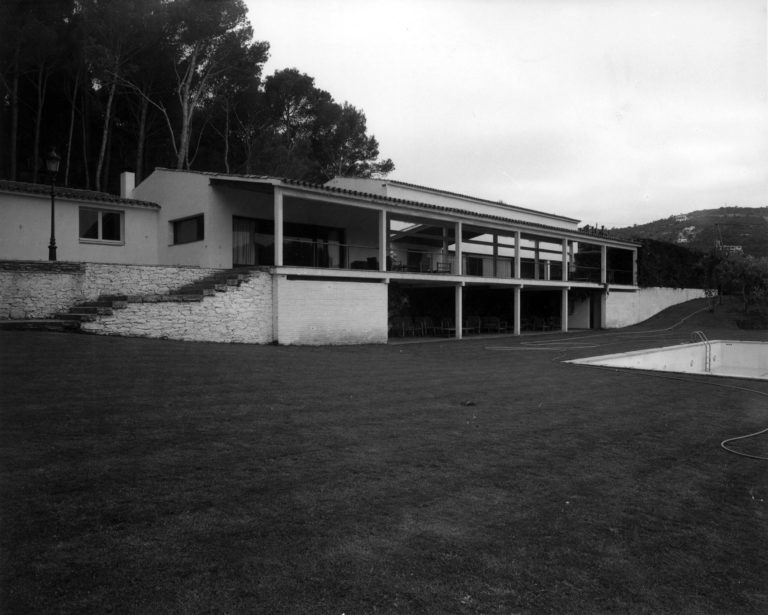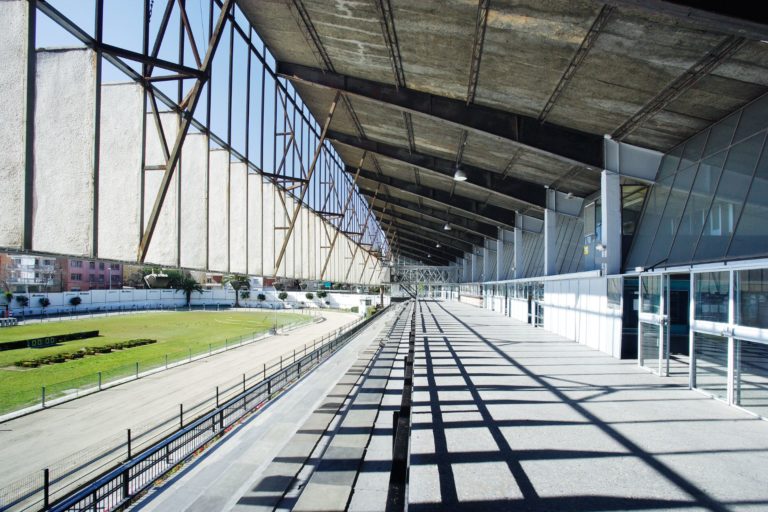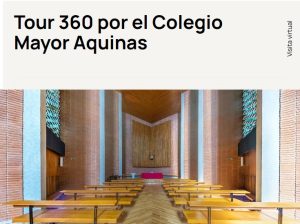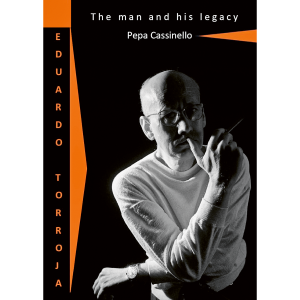Abstract
This study investigates modern Yugoslav architecture in the 1945-1965 period, taking an analysis of museum projects as a basis. Rebuilding of the country and urban development in Yugoslavia after the World War II enabled planning the construction of a significant number of museums. This period is also characterized by the fact that, in addition to seven museums that were built, there were a significan! number of projects that have never been realized. Ali of them, the realized and those which were only designed, made a significant contribution to the development of museum architecture. Moreover, some of them are pointed out as the culmination of a period rich in architectural construction and represent the best Yugoslav architecture. The intention is to thoroughly analyze the criteria and ideas that govern the development of the architectural language of all these projects and to explain, on the basis of that, whether there are or not the original features defining the museum architecture of the mentioned historical period in Yugoslavia. In particular, we do not intend to limit our analysis to the study of specific types of buildings, nor to those museums that are historical examples, but rather to emphasize and insist on influences and relationships that are reflected, within the subject we are dealing with, within the Yugoslav context. ldentification of these complex relationships occurring within a specific modernity is analyzed based on four approaches. The first approach consists of a museum study observed under the prism of socio-political reality of the newly founded socialist state. The second principle describes the environment, evolution and consequences of architectural competitions for museums. The third principle focuses on museum buildings and puts them in the framework of the general context of intense urban transformation. Finally, the fourth principle analyzes the characteristics of functional and formal aspects. Now, we can conclude that the mutual relationships that exist among the different approaches create a common place and specific characteristics of the museum architecture. Also, they cause that the principles and strategies of the international architecture in this period, which were very well known then, obtained in Yugoslavia a personal touch that sets them apart from others. lntending to place these specific issues in the appropriate ideological, cultural and geographical context, this study presents opinions of the protagonists of these events and of the period (architects, commissioners. panelists, politicians). Thus. this study presents a text that serves as a “choral” thinking about this period of Yugoslav architecture, while maintaining a critical spirit of this group of opinions.
Thesis not available online











